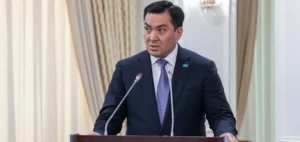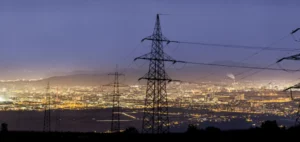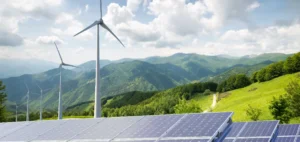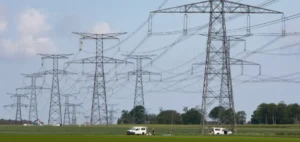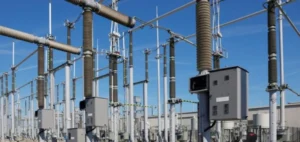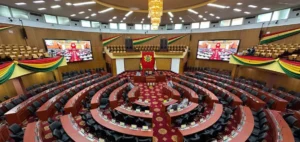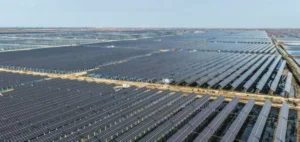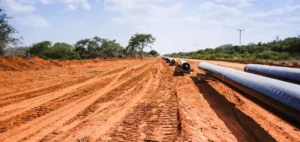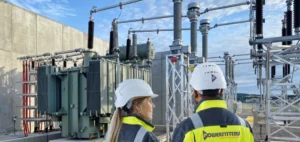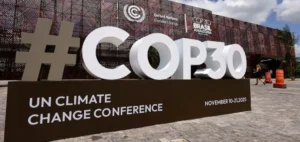China is tightening emissions criteria for coal-fired power plants under its national compliance carbon market. It introduces a global baseline measure for annual carbon emissions intensity. It is implementing this measure because of the wider adoption of carbon accounting systems.
A specific regulation
In China, the Ministry of Ecology and Environment (MME) currently manages the national carbon market. The tightening of the benchmarks underscores the gradual evolution of the market structure of its emissions trading scheme. Ongoing efforts to make the system more robust will result in new regulations.
China’s national carbon market currently only covers the power generation sector. However, it only accounts for about 40% of the country’s emissions. Coal-fired power plants account for more than 97% of the power sector’s emissions.
Coal-fired power plants are assigned an emissions baseline. It will be based on the intensity, according to the type of their production units and their respective performance. It will determine the amount of carbon emissions allowed to be emitted for each megawatt-hour of electricity produced.
Coal-fired power plants with emission intensities above the baseline must offset their emissions. They will have to buy certificates called “China Emission Allowances” (CEA). Conversely, entities whose emission intensity is lower than the benchmark will be able to sell AECs.
Political tool
China’s second compliance period will also adopt a two-year reporting cycle. This will be done retroactively for the 2021-2022 CO2 emission obligations to be met by December 31, 2023. The MEE is delaying the adoption of guidelines for the second compliance period by several months.
This leads to uncertainty in the market and low liquidity in AEC trading. The clarity of the policy should boost liquidity in the months ahead. However, the immediate impact on trade volumes and prices is not significant.
The EEO also introduces a new measure called “breakeven intensity” for 2021. It corresponds to the average emissions for each unit of energy produced for a given year and a given type of production unit. This number represents an indicator of the stringency of the emissions targets in a given year.
The scheme will serve as a policy tool to tighten or loosen annual emissions caps. It will also act as a broader market indicator for the CEA exchange. Setting the baseline intensity below the break-even point creates a deficit of free emission allowances.





